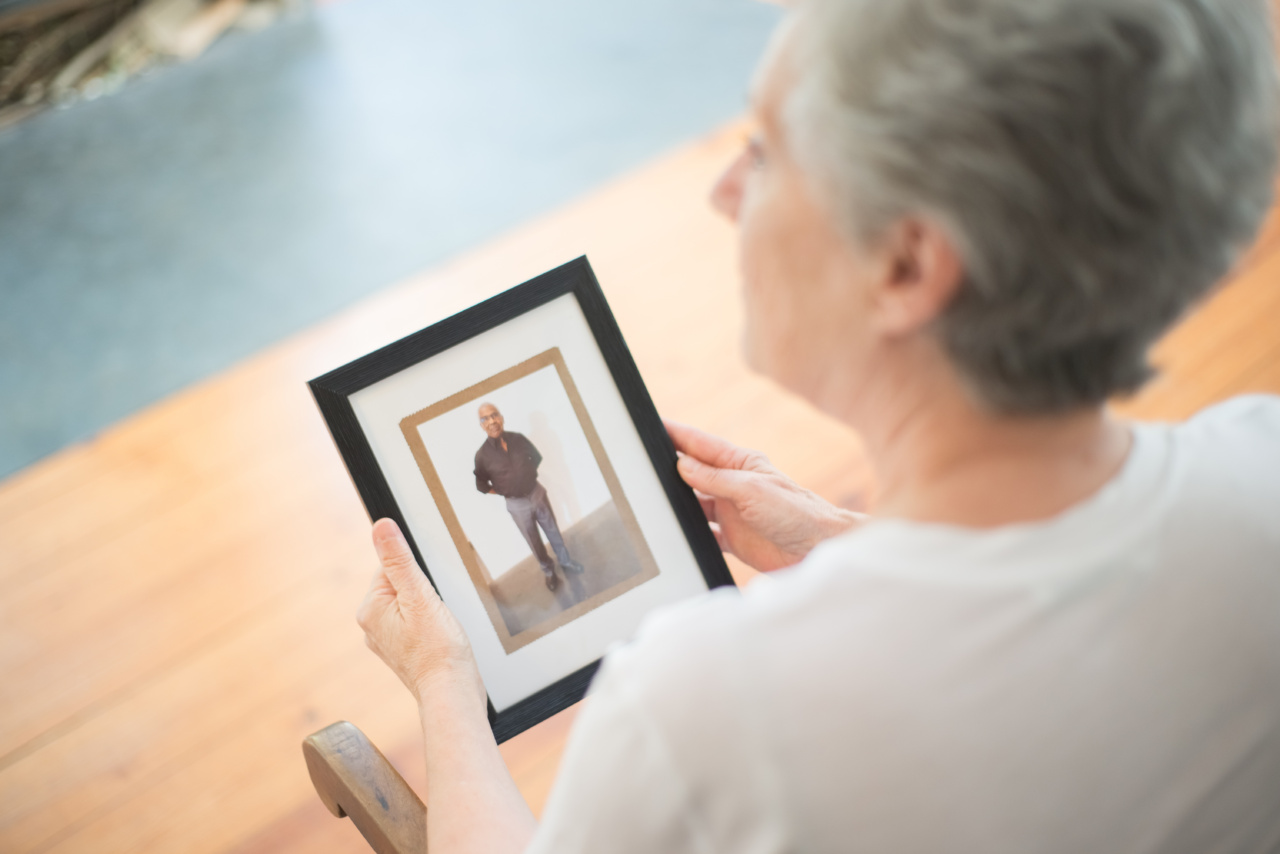Weather can have a significant impact on our daily lives. From affecting our mood to influencing our activities, the weather plays a crucial role in our overall well-being.
For some people, changes in weather conditions can also trigger certain types of pain, making it difficult to cope with day-to-day activities. In this article, we will explore the concept of weather-triggered pain and discuss various coping strategies that can help individuals manage and alleviate such discomfort.
Understanding Weather-Triggered Pain
Weather-triggered pain refers to the phenomenon where changes in weather patterns, such as temperature, humidity, barometric pressure, or precipitation, can exacerbate or initiate painful sensations in certain individuals.
Although the exact mechanisms behind this phenomenon are not fully understood, several theories have been proposed to explain why some people experience increased pain during specific weather conditions.
Theories behind Weather-Triggered Pain
1. Barometric Pressure: Changes in barometric pressure, which is the pressure exerted by the atmosphere, may affect joint tissues.
Individuals with conditions like arthritis may experience increased pain when the barometric pressure drops, as it can cause expansion of joint tissues, leading to discomfort or inflammation.
2. Temperature: Extreme temperatures, both hot and cold, can trigger pain in some individuals.
Cold temperatures may cause vasoconstriction, reducing blood flow to certain areas, while hot temperatures can exacerbate inflammation or lead to dehydration, both of which can result in pain.
3. Humidity: High humidity levels can make individuals with chronic pain conditions, such as fibromyalgia, more susceptible to discomfort.
Increased humidity can affect the body’s ability to regulate temperature, leading to increased sensitivity and pain perception in affected individuals.
4. Precipitation: Changes in precipitation patterns, particularly in the case of rain, snow, or high humidity, can influence pain levels.
The impact of precipitation on pain may be related to changes in atmospheric pressure or temperature, as discussed earlier.
Coping Strategies for Weather-Triggered Pain
While weather-triggered pain can be challenging to manage, there are various coping strategies individuals can try to alleviate their discomfort.
It’s important to note that different strategies may work for different individuals, so it might require some trial and error to find what works best for you.
1. Stay Active
Engaging in regular physical activity can help reduce pain associated with weather changes. Exercise helps to strengthen muscles and joints, providing better support and stability.
It also promotes the release of endorphins, which are natural pain-relieving hormones.
2. Maintain a Healthy Diet
Eating a balanced diet rich in fruits, vegetables, whole grains, and lean proteins can help reduce inflammation and support overall joint health.
Including foods with anti-inflammatory properties, such as turmeric, ginger, and fatty fish, can be particularly beneficial.
3. Apply Heat or Cold Therapy
Heat therapy, such as warm baths or heating pads, can help relax muscles and alleviate pain by increasing blood flow to the affected areas.
On the other hand, cold therapy, such as ice packs or cold compresses, can help reduce inflammation and numb pain.
4. Practice Mindfulness and Stress Management
Stress and anxiety can intensify pain perception. Engaging in mindfulness techniques, such as meditation or deep breathing exercises, can help reduce stress levels and promote relaxation, thereby minimizing the impact of weather on pain.
5. Use Topical Pain Relievers
Over-the-counter topical creams or ointments containing ingredients like menthol, capsaicin, or salicylate can provide temporary relief from weather-related pain when applied to the affected areas.
6. Stay Hydrated
Proper hydration is essential to maintain joint health and prevent dehydration, which can exacerbate pain. Ensure you drink an adequate amount of water throughout the day, especially during hot or humid weather conditions.
7. Stay Warm or Cool
Dress appropriately for the weather to minimize discomfort. Layer up during colder temperatures or use cooling accessories, such as a cooling towel or vest, during hot weather to regulate body temperature and reduce pain.
8. Stay Informed and Plan Ahead
Keep track of weather forecasts and be prepared for weather changes that may affect your pain levels.
This information can help you plan activities or make necessary adjustments, such as rescheduling outdoor plans or arranging for additional pain management techniques.
9. Seek Professional Help
If weather-triggered pain significantly affects your quality of life, consider seeking professional medical advice.
Healthcare providers can offer personalized strategies, prescribe medications, or provide referrals to specialists who can assist in managing your pain effectively.
Conclusion
While weather-triggered pain can be challenging to cope with, implementing various strategies can help individuals manage their discomfort and maintain a good quality of life.
By understanding the potential triggers and adopting appropriate coping mechanisms, individuals can effectively minimize the impact of weather changes on their day-to-day activities and overall well-being.





























